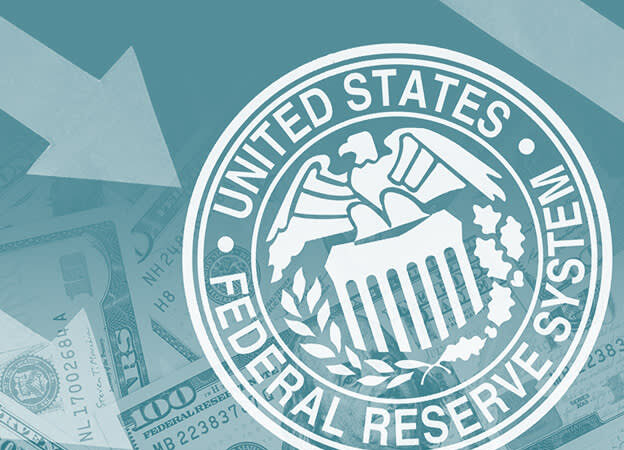
- The dollar’s position is challenged by default fears, ‘petroyuan’ trade and central bank digital currencies
- But dollar dominance will be hard to overcome
On the global stage, the dollar dominates. The US dollar is involved in 90 per cent of all foreign exchange transactions and almost half of world trade. As the chart shows, dollar assets make up 60 per cent of the world’s currency reserves, with the euro (at under 20 per cent) in distant second place.
This puts the US economy in a unique and privileged position. As international trade is largely denominated in dollars, US businesses can buy and sell without the cost of foreign exchange transactions, conferring a significant competitive advantage. American companies are also spared the profitability-denting exchange rate risk that arises as the relative values of currencies change.
High demand for dollar-denominated US securities has historically allowed the US government to run big deficits while enjoying low interest rates. It also carries political clout: the threat of exclusion from the dollar-based banking network can act as a powerful foreign policy tool.
But the federal government is again rubbing up against its debt ceiling, and, in an extreme scenario, failure to come to an agreement could see the US government forced to declare a sovereign default. Michael Humphries, deputy chair of business administration at Touro University has said that “a US default would set off a series of events, including a depreciating dollar and surging inflation, that I believe would likely lead to the abandonment of the US dollar as a global unit of account”.
That scenario is highly improbable. But the dollar also faces a more existential threat from international rivals. There is a possibility that higher activity in China, Russia and Saudi Arabia could lead to the ‘de-dollarisation’ of the global energy trade, seeing the renminbi increasingly used. This has led to speculation about the rise of a ‘petroyuan’ – and the decline of the US dollar. Yet trade between China, Russia and the Middle East (though growing) accounts for only 2 per cent of global trade, and analysts at Capital Economics think that “most trade still happens between US-aligned countries, and will continue to be dominated in US dollars”.
Nor should we overlook the dollar’s institutional strengths: for a currency to be accepted as an international medium of exchange it must be readily and cheaply available, backed by stable institutions and issued by a central bank with an open capital account. This means that any rival would have to overcome strong network effects. A central bank would only be incentivised to change its reserves if it believed that the new reserve currency would offer greater liquidity. But the rival currency could only offer greater liquidity if other central banks were switching their reserves to it, too: research suggests that once a dominant currency is in place, it tends to stay there. Analysts at Capital Economics conclude that while the risk of global fracturing is real, “the forecasts of the dollar’s global demise are premature”.
Could digital currencies prove a more credible threat to the dollar’s dominant position? International payments tend to be clunky and expensive, and are theoretically ripe for improvement. Joseph Joyce, an economics professor at Wellesley College, notes that “if a system of payments for international transactions emerges that is seen as safe, stable, and not dependent on any one country, then the dollar’s central role may be replaced by a different form of money altogether”.
According to the Atlantic Council, “financial sanctions on Russia have led countries to consider payment systems that avoid the dollar”. The think tank notes that there are now nine cross-border wholesale central bank digital currency (CBDC) tests and 7 cross-border retail projects, nearly double the number from 2021. But Eswar Prasad, economics professor at Cornell University thinks that while new forms of money could set off a new era of currency competition, it is equally likely that they could create more centralisation. He notes that new technology could see some currencies “accreting even more power and influence”. As a result, we could find that the move to CBDCs actually reinforces the (digital) dollar’s dominance.




